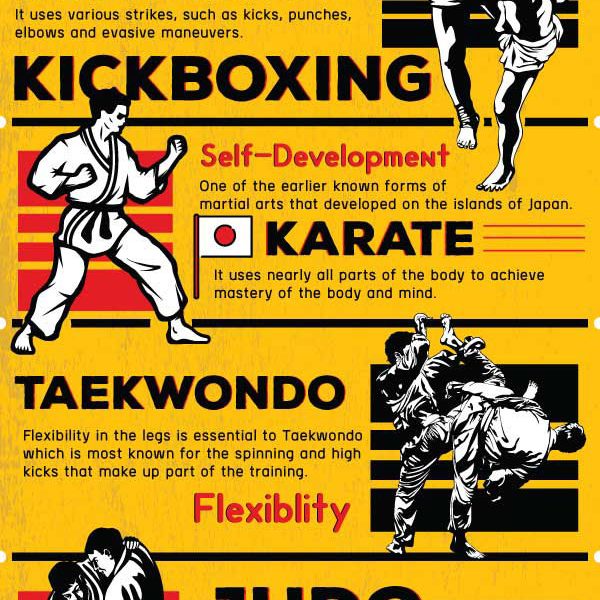Typical Martial Arts Vs. Modern Fight Sports: Recognizing The Secret Distinctions
Typical Martial Arts Vs. Modern Fight Sports: Recognizing The Secret Distinctions
Blog Article
Material By-Keith Sexton
When you consider martial arts, do you lean a lot more toward the standard practices or the modern combat sports? Each path uses unique benefits and experiences, formed by their approaches and training approaches. Standard martial arts stress individual development and discipline, while modern-day battle sports focus on competitors and performance. Recognizing these distinctions can direct you in choosing the right strategy for your journey. Yet how do these differences manifest in training and philosophy?
The Philosophy and Background Behind Typical Martial arts
While many people link martial arts with physical combat, the viewpoint and background behind conventional martial arts run much deeper. relevant web page 'll locate that these techniques stress personal development, technique, and regard.
Originating from ancient practices, traditional martial arts were commonly created for Self-Defense and spiritual development. They symbolize principles such as balance, harmony, and self-discipline, leading experts past plain fighting skills.
As you educate, you'll not just find out strategies however also get understandings right into the society and values that formed these arts. great site and traditions, typically passed down with generations, promote a feeling of area and belonging.
The Affordable Nature of Modern Combat Sports
Modern fight sporting activities have actually changed the landscape of martial arts right into a highly affordable arena, where professional athletes face off in an examination of skill, technique, and endurance.
You'll discover that competitions are commonly arranged with strict regulations and policies, guaranteeing fair game and safety and security. These events bring in large audiences, fueling the exhilaration and strength of matches.
Athletes train carefully, not just for physical expertise however also for psychological toughness, recognizing that every detail counts in the ring. The adrenaline rush during competitions is apparent, as competitors push their limitations to declare success.
https://sergioiuemu.aboutyoublog.com/39761849/promoting-regard-and-gamesmanship-through-youth-martial-arts-training and artistry included, making modern battle sporting activities a thrilling phenomenon that continues to develop and astound lovers worldwide.
Training Approaches and Methods: A Comparative Evaluation
The affordable ambience of contemporary combat sporting activities needs cutting-edge training approaches that differ dramatically from traditional martial arts.
In modern training, you'll focus on particular strategies, sparring, and conditioning, typically utilizing drills that imitate actual battle situations. You'll see a focus on quantifiable efficiency and constant competitors to evaluate your abilities.
In contrast, typical martial arts prioritize forms, katas, and thoughtful teachings, commonly stressing self-control and regard over competition.
Training is normally much less extreme and may entail repetitive method as opposed to real-time sparring.
While both methods construct skill and fitness, modern fight sports provide an extra vibrant and adaptable training setting, preparing you for instant challenges in the ring or cage.
Select the course that aligns with your objectives and interests.
Final thought
In choosing between standard martial arts and modern-day fight sporting activities, it really boils down to what you value a lot of. If you're looking for individual growth, self-control, and a sense of neighborhood, conventional arts may be your ideal fit. However if you grow on competitors and real-time difficulties, modern-day combat sports could be the way to go. Ultimately, both paths supply unique benefits, so it's all about aligning your training with your individual goals and interests.
